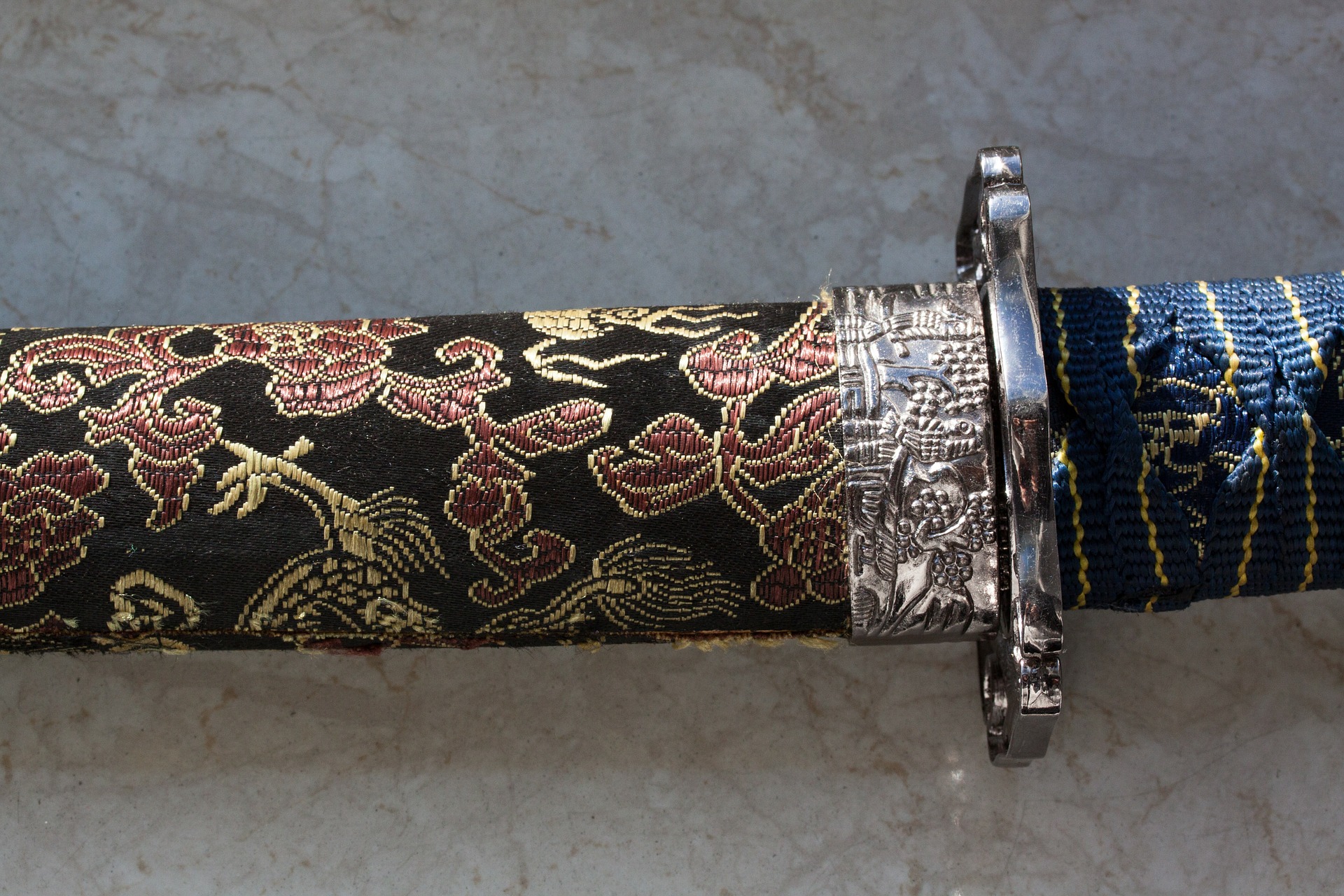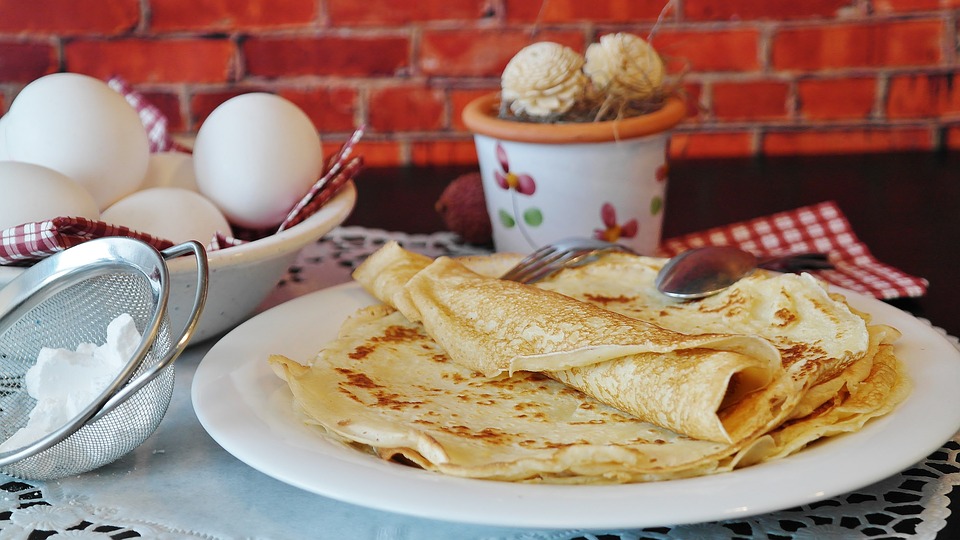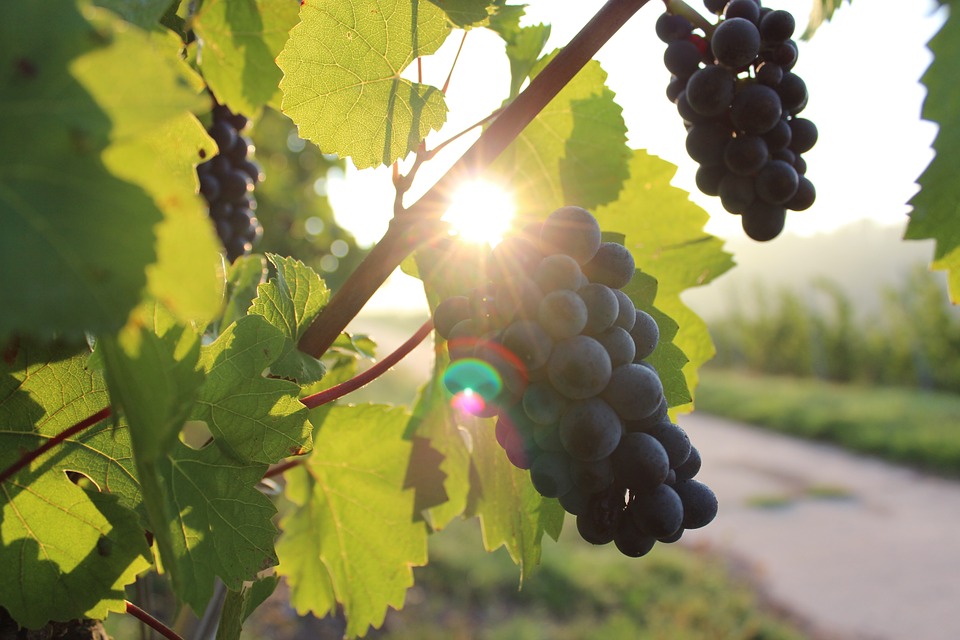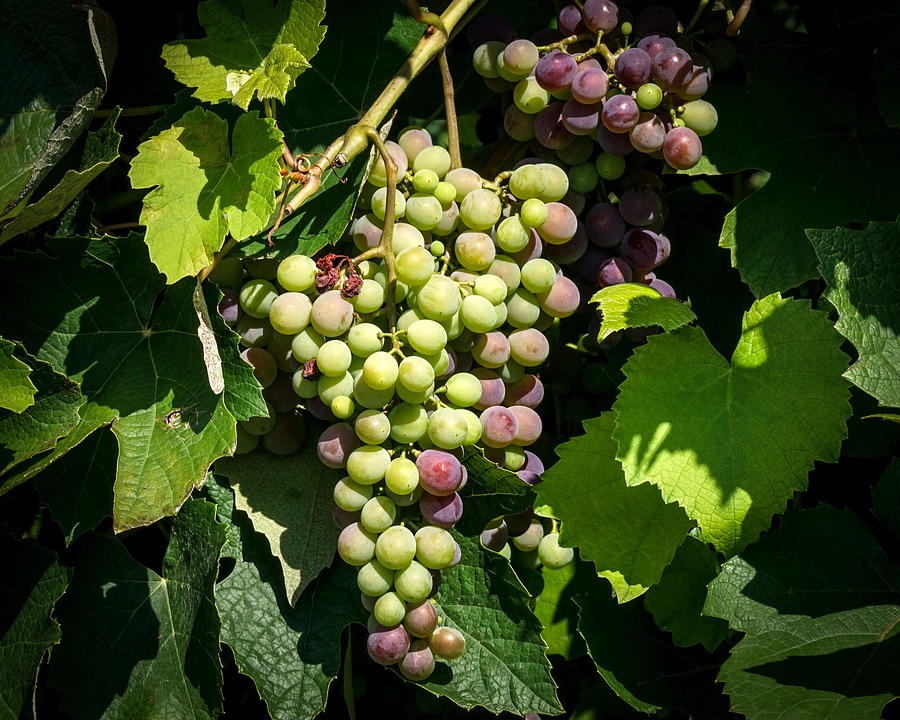Here is an article to understand what biodynamic is about and how it works. I think it’s necessary to understand what is a Biodynamic wine because we taste it every day without really understanding how they are produced, and what makes their excellence!
“The only one that can make a judgment on agriculture, is he who earns that judgment from the fields, forests and animals that he raises.” Rudolf Steiner
Definitions
Biodynamic agriculture, also called Biodynamics, is a farming system inspired by a current of thought and spirituality, created in the early 20th century by an Austrian philosopher Rudolf Steiner named « anthroposophy ». The aim is to heal the earth, conserve soil fertilities, but also regenerate, rehabilitate, revitalize and intensify organic life in order to provide human beings with quality food, for the body, soul and spirit.
The origin of Biodynamics:
It all began in Germany in the early 20th century. Several farmers were concerned about a state of degeneration of certain agricultural products, such as potatoes, fruits and vegetables, or cereals. It was at this time that Rudolf Steiner laid down the basics of the Bio- dynamic method. At this time, Industrial agriculture had begun to use chemical fertilizers and pesticides, which contributed to the destruction of the life within the soil. Few people were aware of the impact of the toxicity on wildlife, the disappearance of certain insects, birds and small mammals useful for the development for some crops as well as groundwater contamination etc …
Biodynamics was therefore developed with the objective of preserving organic life and improve the quality of crops.
It is in Alsace, in 1925, that the first French farm was converted to the biodynamic system. But it was only from 1970 that organic farming saw the day. This was its first appearance at the Paris agricultural fair. It was not until 1975 that appeared the biodynamic movement.
Methods:
In order to enhance soil life and plant life, biodynamics uses specific preparations. Some will help promote soil structure, stimulate microbial life, regulate soil pH and stimulate overall growth of the root system. Other preparations will be more specific to the aerial part of the plant; in other words, they will accelerate photosynthesis, promote vertical growth and increase the quality and strength of the surface of leaves and fruits.
Biodynamics also takes into account the lunar rhythms. It has 3 rhythms, the first corresponds to a favorable root development period, the second phase will be more conducive to the development of leaves, flowers and fruits, and finally the third, will allow plants to grow. There is therefore an annual calendar that provides the list of auspicious days for each application.
Effect of Biodynamic on wines:
Many of you wondered whether biodynamic wines are better. Well as always, you can find bad biodynamic wines, as organic wines or poor conventional wines. But generally, biodynamic wines tend to distinguish themselves from other wines especially by the purity, aromatic complexity, freshness, minerality, and especially in the expression of the terroir they come from. Biodynamic wines have a better balance, a good quality of fruit, and therefore a better quality juice.
One of the pioneers of Biodynamic wine is Nicolas Joly with La Coulée de Sérrant de Savennières en Loire. A rather extraordinary white wine in our opinion!
A short Video on biodynamics:






